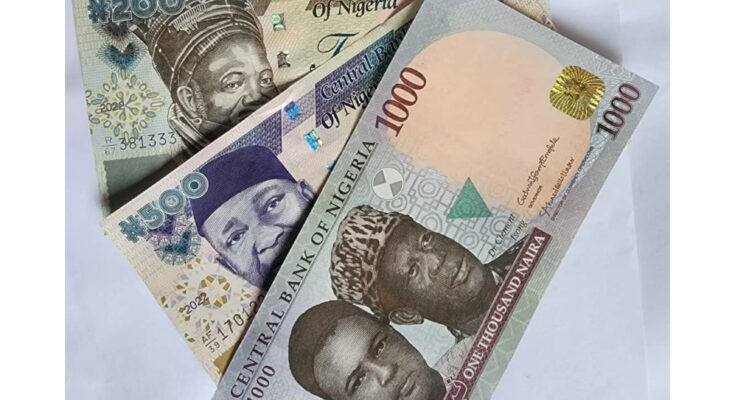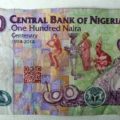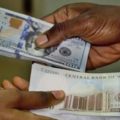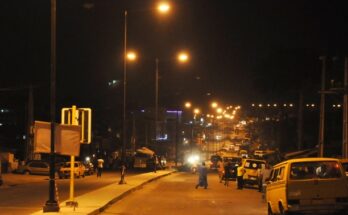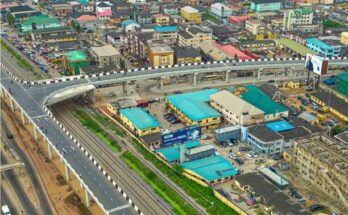By Oluwatosin Ajayi
The CBN on November 26th announced that it will redesign the N200, N500, and N1000 notes to curb the excess amount of money in circulation, among other reasons. The notes will no longer serve as the country’s legal tender as new notes would be in circulation
from December 15.
Though the apex bank has reasons for this decision, we must determine if these reasons are valid. The bank has redesigned Naira in the past, so the 2022 redesign is not a
strange development.
Nigeria began her Naira redesign journey in April 1984. At the time, only 50 Kobo was exempted as other banknote’s colours were changed. At the time, the redesign was to curb the prevalent currency trafficking. Later in 1991, 50 Kobo and N1 were changed from notes to coins.
Between 1999 and 2005, the country introduced new notes to cater to the expansion of economic activities in the country and to foster an efficient payment system. These notes include N100 introduced in 1999, N200 in 2000, N500 in 2001, and N1000 in 2005.
The redesign went on to 2007. The 50 Kobo and N1 coins were reissued in another design. The same went for N5, N10, and N50 notes. The N2 coin was also introduced.
Also, the N20 note was issued in polymer substrate the same year. In 2019, the apex bank redesigned the N5, N10, and N50 paper notes to polymer substrate.
The 2019 Naira redesign left lower denominations in polymer substrate while higher denominations were left as paper notes. The year 2010 came and N50 experienced another round of redesign to celebrate Nigeria’s 50th independence. When Nigeria
clocked 100 years of existence in 2014, the CBN redesigned the N100 note.
Now in 2022, only the N200, N500, and N1000 notes will be redesigned. While some laud the CBN for this step, some Nigerians describe it as painting a building with a shaky
foundation. The citizens believe that the Naira has bigger problems that the FG and CBN should fix rather than merely redesigning it. These bodies can come together to fight the Naira devaluation and inflation rate in the country.
Reacting to the Naira Redesign, Governor Godwin Obaseki said, “They say we should all bring our naira and give it to them because they want to change it for us. Is that our priority now? Does changing currency reduce the price of food in the market? They say they want to change our currency and dollar is going higher every day. We can’t even see dollars again.”
Kingsley Moghalu, on the other hand, said, “I fully support the @cenbank redesign of the Naira. If 80% of bank notes in circulation are outside the banks, that’s troubling. The CBN obviously wants to force all those notes back into the banking system.”
Demanding something better for the Naira is great and it shows that Nigerians want these bodies to prioritize the core issues facing the Naira. So, do we look away from the menace the CBN wants to clean up with this 2022 Naira redesign?
We have a common saying that fixing the country’s problems has to start little. We can consider this as one of the ways to get started? This can be one of the ways to expose currency hoarders (if our government wants to pursue it).
N500 note from 2007
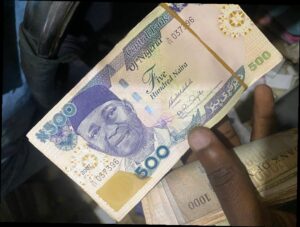
Since the announcement of the redesign, notes printed many years ago are back in circulation.
A video of bundles of N200 notes from 2003
Here’s what I think about the CBN’s plan to redesign the Naira. It’s a nice development, but it won’t do us any good if certain measures aren’t put in place. If the CBN orders Nigerians to take their existing Naira notes to the bank, it’ll only be a matter of time before money hoarders begin operation.
Look at this scenario, a corrupt Nigerian takes several bags of hoarded cash to the bank in exchange for new notes. What effect does that have in curbing excess cash from
flowing? If the hoarded cash isn’t seized, that means the corrupt Nigerian is still as rich as before he made the deposit.
So this begs the question – will the CBN use this avenue to arrest and investigate those who go to the bank to deposit bulky hoarded notes? Will the EFCC set up and follow stringent measures to ensure that the section of the money laundering act that guards cash deposit and withdrawal is implemented? If the hoarded cash isn’t seized, will it be impossible for the owners to withdraw it after deposit? Will that be an avenue to part money launderers and the stolen funds?
According to Section 2 (1) of the Money Laundering Act 2022: “No person or body corporate shall, except in a transaction through a financial institution, make or accept cash payment of a sum exceeding – (a) N5,000,000 or its equivalent, in the case of an
individual; or (b) N10,000,000 or its equivalent, in the case of a body corporate.”
The Naira redesign will revoke the power of existing fake currencies in the economy.
Concerning curbing ransom payment with the Naira redesign, the CBN seems to get it all wrong. Only those who have stashed money away can pay kidnappers when they demand ransoms. So, the absence of hoarded money doesn’t solve kidnapping or
terrorism. Perhaps the FG should invest in tech and security and see if there will be changes in security issues in the country or not?
If hoarded cash can be withdrawn (after the proposed redesign), upon deposit, then, vote buying is also going nowhere.

